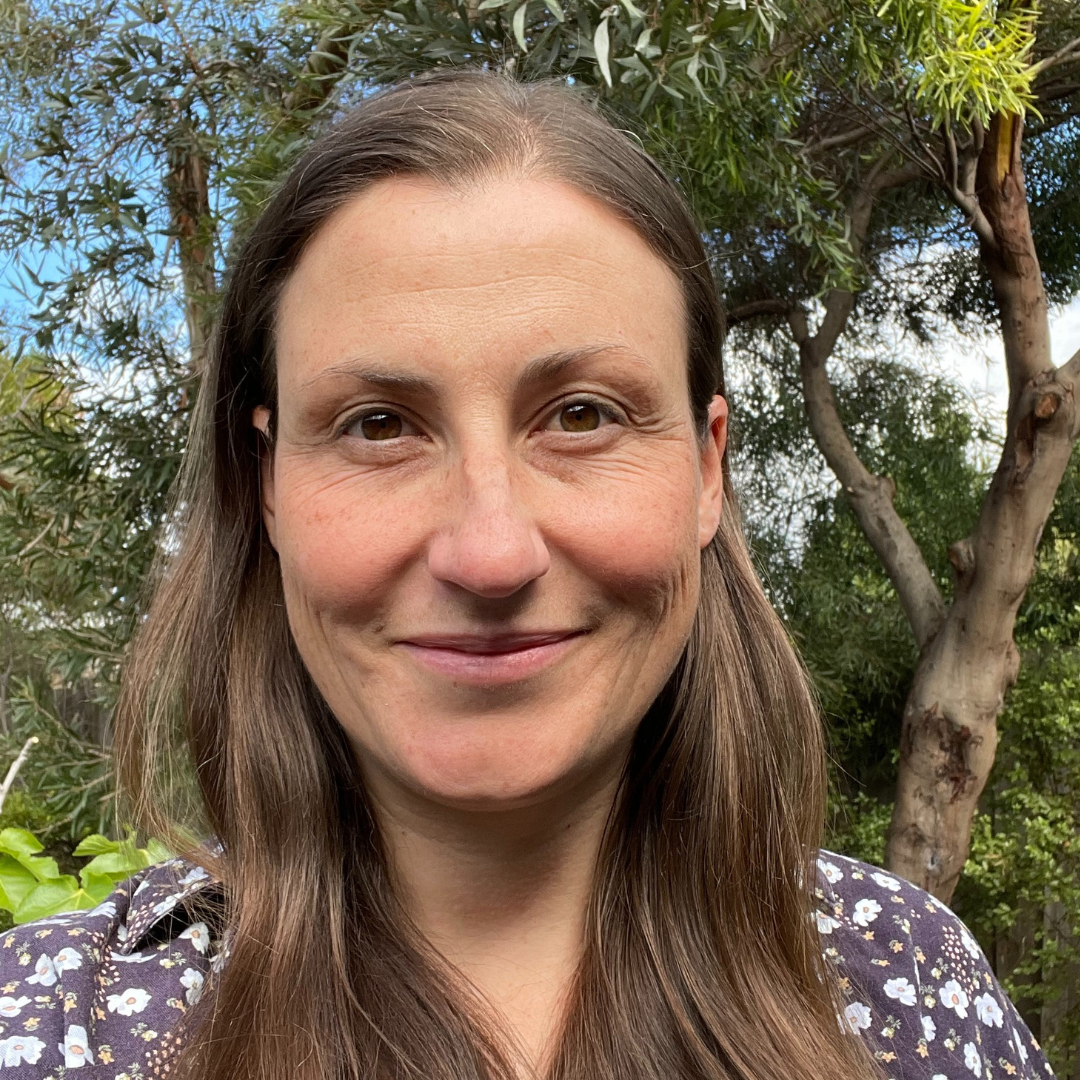Is someone who self-harms being dramatic or attention seeking?
The idea of non-suicidal self-injury (NSSI), often referred to as self-harm can stir up a range of feelings. It’s often poorly understood and can leave people feeling angry or frustrated when they see someone they love or care about engage in NSSI.
Sometimes, noticing someone has engaged in non-suicidal self-injury can stir up a range of feelings some people respond with anger, some with sadness, some with frustration and some ignored altogether hoping it’s a ‘phase’ and will pass.
Sometimes people want to ask about it or enquire but they’re scared or make things worse, they are worried that they can’t handle it or are ill-equipped if the conversation opens up a can of worms. Increasing your understanding of non-suicidal self-injury can be a great first step in being able to respond when someone you love or care about engages in NSSI .
So what is it?
It’s often called a number of different things such as self-injury, self-harm, or self-mutilation. We’re going to use the term non-suicidal self-injury (NSSI). Non-suicidal self-injury is relatively common in Australia with around 6% of adolescents engaging in non-suicidal self-injury in a 12-month period. The term non-suicidal self-injury is used to refer to situations where self-injury is not intended to result in death. It’s most commonly cutting scratching or burning although it’s not limited to those. It’s often done in private and goes on unnoticed.
Why do people do it?
Often people engage in NSSI for a number of reasons, such as having unmet emotional needs, experiencing psychological distress and having poor coping skills. Non-suicidal self-injury usually starts as a way to relieve the build-up of pressure from distressing thoughts and feelings. The relief is only temporary because the underlying reasons or distressing feelings still remain. Soon after feelings of guilt and shame white follow which can continue the cycle.
There are so many myths and misconceptions about NSSI. So let’s take some time to debunk a few common ones.
MYTH: They are attention seekers
Sometimes people might show their injuries as a way to seek support and connection. People who engage in non-suicidal self-injury are often trying to cope with feelings of distress. They are not simply trying to seek attention or being dramatic. They have real emotional and psychological pain. If somebody is engaging and non-suicidal self-injury they need empathy, care and professional support
MYTH: People who self-harm are mentally ill?
Sometimes people with a diagnosed mental illness can use non-suicidal self-injury to cope with some of the symptoms they experience. There is a strong correlation between depression and engaging in NSSI. Some people however don’t have a diagnosis for mental illness and use self-injury as a way to cope with distressing feelings or other difficult situations. Self-harm in itself is not a diagnosis and can be a feature of a number of mental illnesses and can also be present when someone doesn’t have a mental illness.
MYTH: It’s usually suicidal behaviour?
Some people who engage in non-suicidal self-injury are also suicidal, however, these two are not always linked. When working with someone around self-harm it’s always important to do a thorough risk assessment however engaging in non-suicidal self-injury does not mean that the person wants to end their life.
MYTH: If I ask about NSSI I might put ideas into someone’s head?
Before talking to the person, acknowledge and deal with your own feelings about self-injuring behaviours and make sure you’re in the right headspace to have this conversation. It’s ok to ask about non-suicidal self-injury. It needs to be done in a private place, need to have empathy and care and not express shock discuss or use guilt or blame. Let the person know that you care about them and you want to try and support them to get appropriate help.
Where to from here?
It’s ok not to find this difficult or overwhelming, sometimes helpers need support and guidance too.
If you want to find out more consider joining one of our upcoming Youth Mental Health First Aid Courses.
In a Youth Mental Health First Aid Course, will you will learn how to recognise signs and symptoms of mental illnesses such as depression, anxiety, eating disorders, psychosis and substance misuse. You’ll also learn how to assess and assist with crises such as non-suicidal self-injury and suicidality. It gives you all the tools that you need to start a conversation that can support someone to get the appropriate mental health care that they need.








Recent Comments